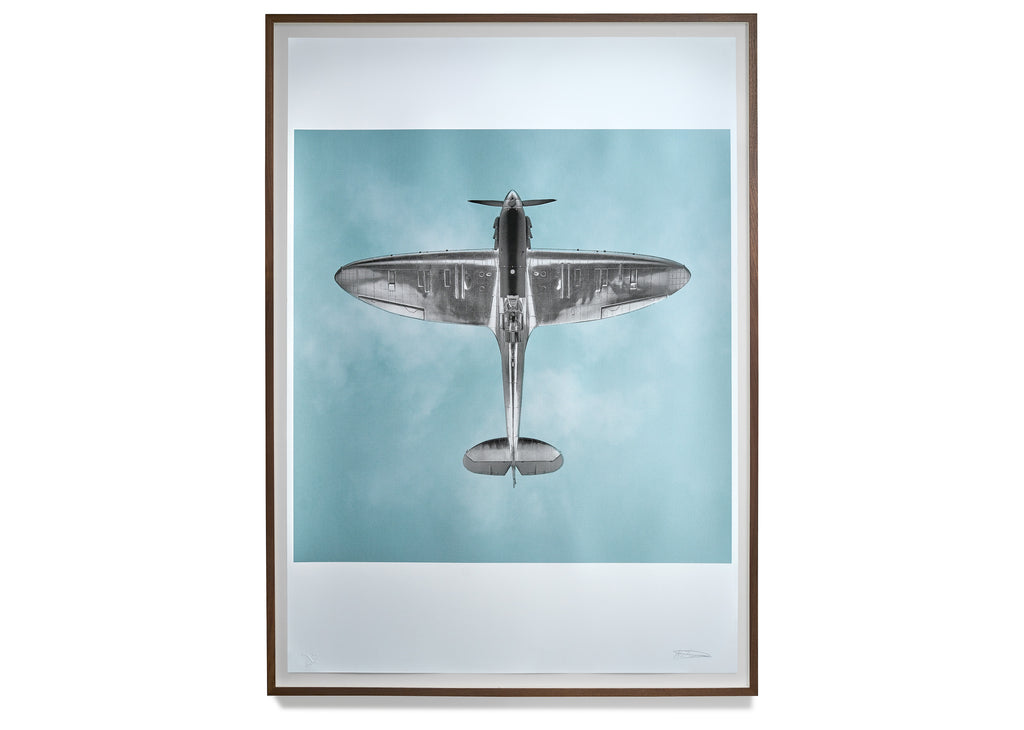
Amalgam is delighted to partner with artist Alan Thornton to introduce a collection of silkscreen prints. Precise and technical in nature, these prints isolate the subject, laying the image onto Alan’s signature metallic background, that focuses the viewer’s eye on the sculptural, organic qualities of iconic cars and planes.
Alan’s obsession with form, function and beauty, combined with his enduring passion for all things automotive and mechanical, align perfectly with Amalgam’s mission.
Discover the new Alan Thronton Spitfire Art Print >

The Process
Screen printing is the process of transferring a stencilled artwork onto a flat surface using a mesh screen, ink and a squeegee. Starting with the photography, the subject matter is composed and lit with the intermediate processes and the final print in mind - each step very much influences the final outcome. In post-production the image is refined and manipulated to create the final tonal variations needed for the separation of colours, which are then half toned which simulates continuous-tone imagery through the use of dots or lines, varying either in size or in spacing, thus generating a gradient-like effect.
For each colour, a positive acetate is transferred to a silk screen frame coated in photosensitive emulsion. Following exposure, washing out and drying, the frame is mounted on a to print bed, and the chosen colour ink is then forced through the mesh with a squeegee by hand. This is a highly skilled craft process, sensitive to the touch, feel and technique of the printer, and as a result each print is unique.

This fine art screen print is of the Supermarine Spitfire Mk 1A, using a photograph of the model built by the artisans at Amalgam Collection. The Spitfire is Britain’s most famous and romanticised World War II fighter, remembered and revered for its pivotal role in keeping the Luftwaffe at bay, during the Battle of Britain in the late summer of 1941. The brainchild of Reginald Mitchell of Supermarine Ltd., the Spitfire was developed in response to a 1934 Air Ministry specification and was a direct descendant of a series of Supermarine racing floatplanes the S5 S6 and S6B, that were victorious in the Schneider Trophy in 1927, 1929 and 1931.
More Hurricanes than Spitfires served in the Battle of Britain, and they were credited with more “kills,” but the Spitfire captured the imagination like nothing else, achieving a visceral blend of visual and audial perfection.

